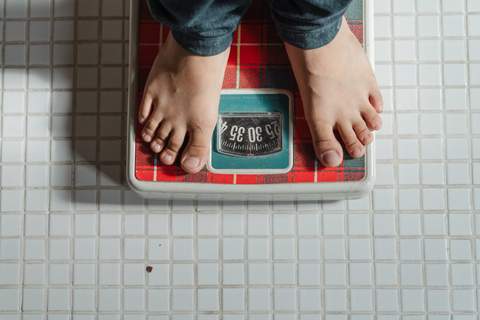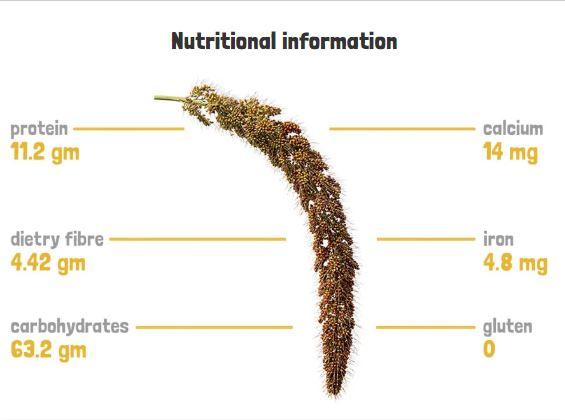By Kamakshi Ganesh
In a world where we have access to all the sugary, overly processed food the market has to offer, we would be doing ourselves a big favour if we go back to our grandparent’s diet! The consumption of millets as rice was not a new concept to them and has, in fact, been around for many generations before our time. The diet, back in the day, lacked the large amounts of white rice and wheat we consume now and instead, was rich in millets like ragi, jowar, bajra, sorghum and the like. These grains were used instead of rice in most dishes because of their high nutritional value.
Millets help in managing weight:

Compared to white rice or wheat, millets are high on fibre and control blood sugar and cholesterol levels. When we consume food like Idli, dosa or roti made from rice flour and/or wheat, it is easily digested and this trait in processed grains makes you consume more of them. With millets, you consume less because the fibre content makes you feel full faster. If you want to break your unhealthy relationship with snacking between meals, studies show that the switching over to millets greatly helps curb this habit! Since millets digest very slowly, they keep you from getting hungry between meals and in the long run, help manage your weight.
Simple ways in which you can add millets to your diet:
So what are the different ways in which you can consume millets as rice? The good news is that almost all recipes that use rice or rice flour can be substituted with a variety of millets and millet flour. The better news is you don’t have to be hassled making the millet flour from scratch if you are pressed for time. There are a number of healthy and organic readymade millet flour options available in the market. You can use these in most recipes where you would use rice and your food will also taste better!
I will give you a very simple idea to replace rice with millets in my favourite dish.
Adding millets to idli and dosa:
1. For our favourite Indian breakfast, a combination of 2 different kinds of millets or just 1 kind of millet can be used to replace rice flour.
2. At the stage where we soak our ingredients together with urad dal and poha, simply switch out the rice with kodo millet, little millet, ragi or barnyard millet grain.
3. Then follow the similar steps of grinding the mix with water and salt and allowing it to ferment.
Millet idlis and dosas are just as delicious, if not more than, our regular idlis and dosas made with rice flour!
Try this tasty millet dosa, if you want quick, ready-made batter. Even other breakfast favourites like pongal, adai, paniyaaram and puttu can be made with millets.
Similarly, even for making dishes such as khichdi, pulav, lemon rice, tamarind rice (or just about any rice-based dish) – just substitute the white rice with millets and you’ll have a delicious and extremely healthy meal. Try to use millets in place of plain rice as well. Foxtail millets cook just as easily as rice and follow the same technique too. You can substitute rice with millets in desserts as well. Rice payasam (kheer) can be made healthy by making it with foxtail millet and jaggery.

Make a switch:
Millet is full of nutrients your body needs from a younger age itself. Being rich in magnesium, calcium, phosphorus, vitamins and antioxidants, Millets are also ideal to introduce into your child’s diet from when they are babies. By incorporating it in all your dishes where you normally would use rice, you are making a switch towards a healthier lifestyle for your entire family!


